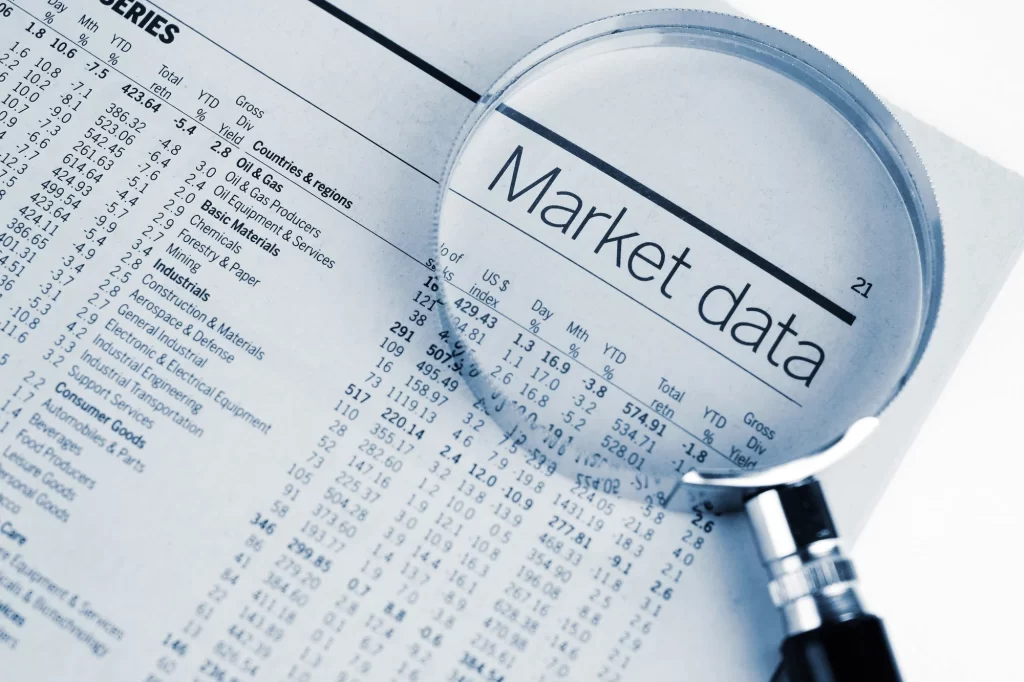
The S&P 500 (^GSPC 0.57%) has rocketed 25% in 2024, putting the broad-based index on pace for one of its strongest annual performances of the 21st century. Factors contributing to that upside include enthusiasm about artificial intelligence, strong corporate earnings, and encouraging economic data.
The Federal Reserve’s recent pivot to interest rate cuts has also bolstered investor sentiment. Policymakers raised the federal funds rate at the fastest pace in decades to stamp out fierce inflation post-pandemic. That benchmark interest rate ultimately reached its highest level in two decades before the Federal Reserve shifted to rate cuts in September 2024.
Lower interest rates stimulate the economy by encouraging consumer spending and businesses investments. Policymakers have already cut rates by three-quarters of a percentage point, and the market anticipates another quarter-point cut when the Federal Open Market Committee meets in December, according to CME Group’s FedWatch tool.
That puts the stock market in a precarious position. Expectations regarding rate cuts could change based on an important economic data point that will be published on Wednesday, Nov. 27. That means tomorrow could be a big day for the stock market.
The Federal Reserve will get another data point concerning inflation
Most investors are probably familiar with the Consumer Price Index (CPI), which measures inflation based on the spending patterns of consumers in urban or metropolitan areas. But the Federal Reserve prefers another measure of inflation known as the Personal Consumption Expenditure (PCE) price index.
The PCE price index provides a more comprehensive view of pricing pressures across the economy. It covers rural and urban consumers, and also accounts for spending made on consumers’ behalf, such as healthcare expenses paid for by employers and government programs like Medicare and Medicaid.
The Bureau of Economic Analysis will publish the PCE price index reading for October before the stock market opens on Wednesday, Nov. 27. Economists generally expect PCE inflation to remain stable at 2.1%, which would be identical to the September reading. But some experts are skeptical because CPI inflation accelerated to 2.6% in October, up from 2.4% in September.
If the PCE price index reading for October shows a similar acceleration in inflation, the odds that policymakers cut interest rates at the December meeting will plummet. And the stock market would probably decline sharply as investors process the news.
Importantly, recent commentary from Fed Governor Michelle Bowman underscores how closely policymakers will be watching the PCE price index reading for October.
“We have seen considerable progress in lowering inflation since early 2023, but progress seems to have stalled in recent months. The 12-month measure of core personal consumption expenditures inflation — which excludes food and energy prices — has moved sideways at around 2.7% since May, and the latest consumer and producer price index reports point to a similarly elevated or even higher reading for October.”
The most prudent course of action for investors
To summarize, the consensus estimate says the PCE inflation reading for October will clock in at 2.1%. But other economic data points released in recent weeks hint at a possible reacceleration. If that happens, the stock market could fall sharply as investors recalibrate their expectations regarding future rate cuts.
Alternatively, if the PCE inflation reading for October falls below the consensus estimate, the stock market could move sharply higher. Unfortunately, there is no way for investors to anticipate the outcome. But I believe the most prudent course of action is to stay invested in quality stocks that make good long-term holdings.
Admittedly, Nov. 27 could be a rough day for investors that follow that advice, but the stock market has never failed to recoup its losses following past drawdowns. Conversely, investors that sell stocks to avoid a possible decline may miss a very good day, and may hesitate to buy again while waiting for a correction that never comes.
I’ll end with a quote from famous investor Peter Lynch. “Far more money has been lost by investors preparing for corrections, or trying to anticipate corrections, than has been lost in corrections themselves.”


























